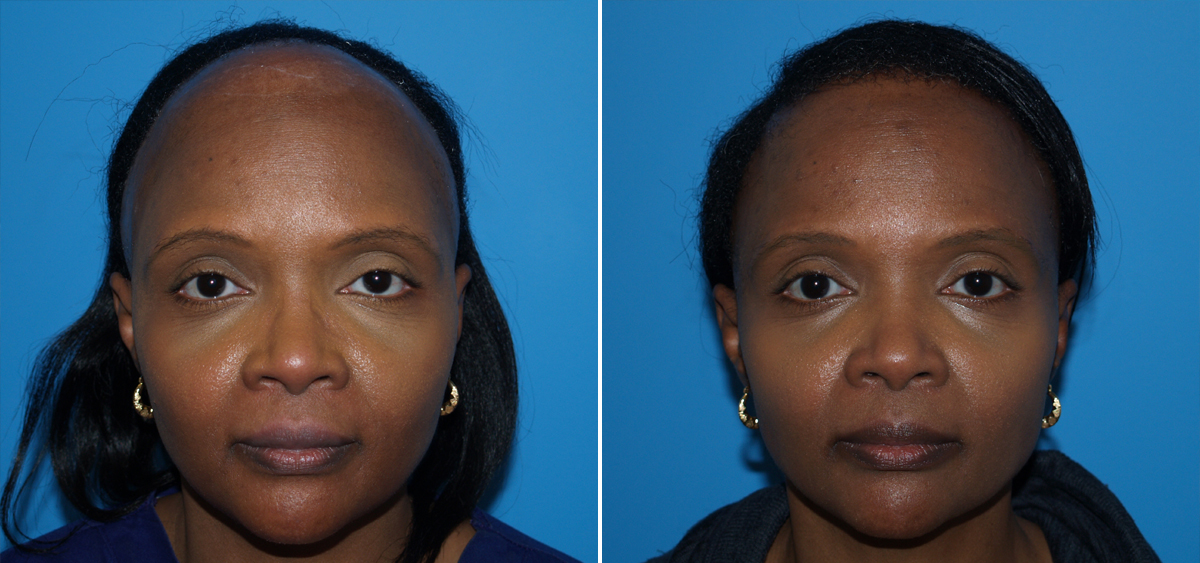African-American Hair Transplant in Virginia Beach
Jump To
Because African Americans have unique thick and curly hair, an African-American hair transplant requires a different approach and method in order to be successful. The ethnicity of a person has a major influence on their hair type and structure, and so a one-size-fits-all model doesn’t quite work for hair restoration.
What Is a Hair Transplant?
A hair transplant is a surgical method of addressing hair loss. During a hair transplant, hair from other areas of the patient’s scalp is harvested and then grafted into regions where there is hair thinning or complete hair loss.
Two types of transplantation methods can be used: Follicular Unit Transplantation (FUT) and Follicular Unit Extraction (FUE). Both methods are performed by Dr. Choe and his team.
Follicle and Scalp Differences
There are two main features that necessitate a specific technique for African-American hair transplants:
- Follicle Shape: African Americans have curved and thick hair follicles. The hair follicles of people of other ethnicities are straighter in comparison to this C-shaped curve.
The standard procedure and instruments were not designed to be compatible with this kind of follicle. The conventional cylindrical punches used in FUE require more force for American-African hair, increasing the risk of follicle damage during harvesting.
- Thick Scalp Tissue: African Americans generally tend to have a thicker layer of scalp tissue compared to people of different ethnic backgrounds. During an FUE procedure, the surgeon must punch down and penetrate the scalp and extract follicles. When conventional apparatus is used, it ends up requiring more force, which can cause damage to the scalp.
Challenges of Conventional Hair Transplants for African Americans
- Scarring: A conventional FUT procedure, or strip surgery, results in a scar, usually on the back of the head. This can be challenging and limiting because African Americans, especially men, often wear their hair very short and cropped, revealing this scar. They are also genetically more at risk to develop keloid scars on the back of the head and neck, which would make FUT an even less ideal option.
- Injuries from Incompatible Apparatus: Because FUE does not involve an actual horizontal incision, the chance of hypertrophic scars and keloids is less. In this procedure, punches are used instead of scalpels to harvest and implant individual hair follicles to give a much cleaner and natural look.
However, as mentioned earlier, the FUE punches are not as efficient for African Americans due to the thickness and density of the scalp. The extra force can cause injuries and create compromised results. Surgeons may also attempt to use chemicals that cause damage to the patient’s hair.
What to Expect with an African-American Hair Transplant
When performing an African-American transplant, Dr. Choe uses a specialized approach to ensure that damage to the scalp is minimized. Precise care is used, and excessive force is avoided. Saline injections and other manipulations are used to significantly improve the survival rate of your hair grafts. Specific tools are also used to help avoid damage to the grafts during harvesting. The FUE procedure is preferred so that keloid formation does not occur.
Recovery After the Transplant
- Swelling and soreness is likely to be experienced at the sites of harvest and implantation. Pain medication will be prescribed if necessary. The pain level is mild.
- The patient can return to somewhat normal activities after twenty-four hours but is advised to take at least several days of rest.
- The patient should avoid washing their hair until at least one week after the procedure. After this time, only gentle mild shampoo should be used.
- Excessive combing, brushing, or any other direct pressure to the scalp should be avoided for a few weeks.
Find Out More During a Consultation
If you would like to learn more about getting an African-American hair transplant from Dr. Kyle Choe, contact us and schedule your consultation. During a consultation, Dr. Choe will go over the procedure in greater detail and will answer any questions you may have.

